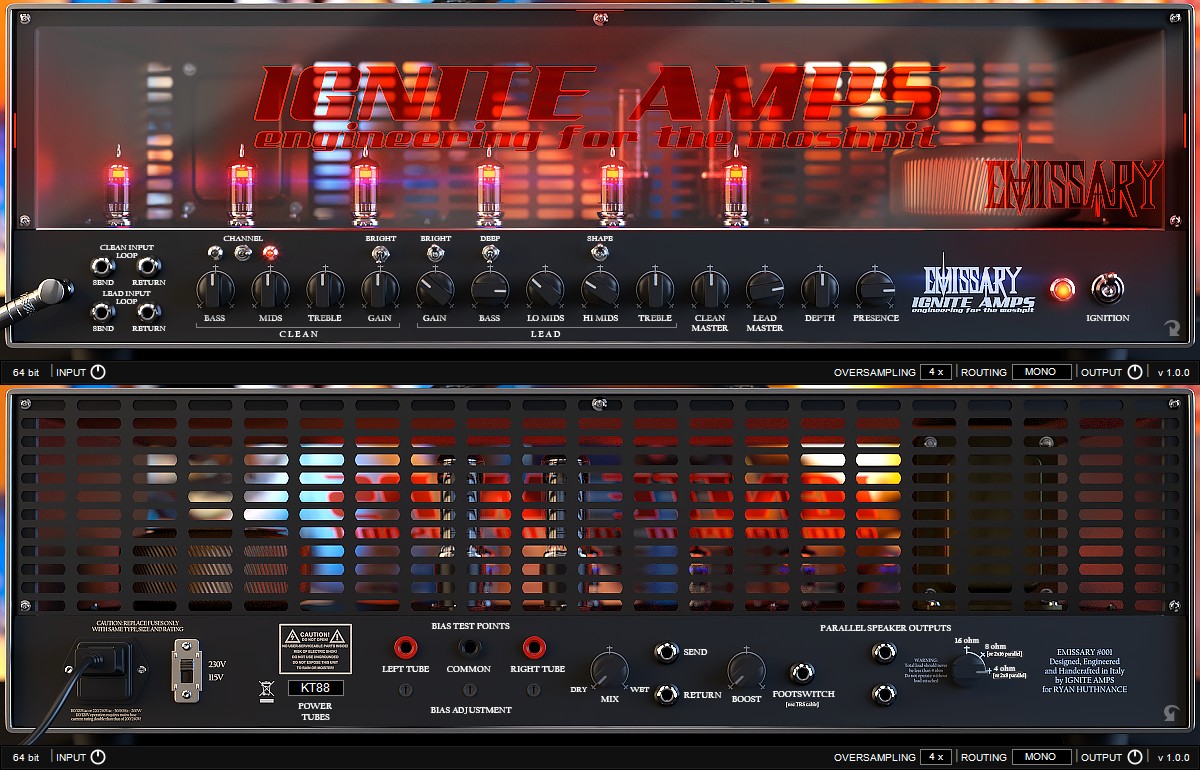


From there, you can adjust the EQ on the Metal Zone to your taste, making it a very powerful dirty boost.įinally, Ola Englund's preamp trick is worth a go. He's a fan of flattening the MT-2’s EQ, turning down the gain and using the level control to smash a tube amp into saturation. Kurt Ballou is a man who knows a thing or two about metal tone, first from his band Converge, but also as the owner of God City Studios. This results in some fizz, but it's worth bearing in mind that Neil runs a wet/dry setup, so there's a clean amp to blend into his sound. The main difference is in how he's set the EQ, with the Mid freq at about 10 o'clock, and the Middle at about 11. For his main gain sound, he's using similar settings to our example posted above, but with the treble and bass not quite as dramatically boosted. Simon Neil used to use at least two MT-2s in his Biffy Clyro rig, and reportedly still does. There are any number of ways that other guitarists have used the Metal Zone, but three of our favorite methods come from Biffy Clyro's Simon Neil, Converge's Kurt Ballou and YouTuber Ola Englund. Those settings were an attempt to emulate the guitar sounds on Tool's Aenima, and make for one of the pedal’s best all-purpose distortion tones. Our preferred setting, in fact, uses the high and low band controls as a boost, with a heavy cut in the upper mids. Now, take some time to really experiment with the EQ, bearing the above points in mind – particularly when using the pedal’s active EQ boosts to overdrive your amp, in conjunction with that highly tweakable midrange. There's more gain than you'll ever need here! We’d advise you start at a very low gain setting, and increase it gradually until you find the sweet spot for your guitar and amp. With that out of the way, let’s get to tone-shaping. Treat it carefully, as it dictates the entire sound of the distortion. As a result, it's better to think of it simply as a single active EQ control, and disregard the idea it's only for shaping mids. Although it's listed as 'Mid freq' on the front panel, it has a very wide range, going from 200Hz all the way to 5kHz. This is why using the mids control to tame problem frequencies makes sense. Yes, it kills fizz in the tone, but it also results in a much darker guitar sound, as you lose the upper mids. This explains why simply pulling back the treble control doesn't work. It's a shelving EQ that depends on the settings across the rest of the pedal.


 0 kommentar(er)
0 kommentar(er)
